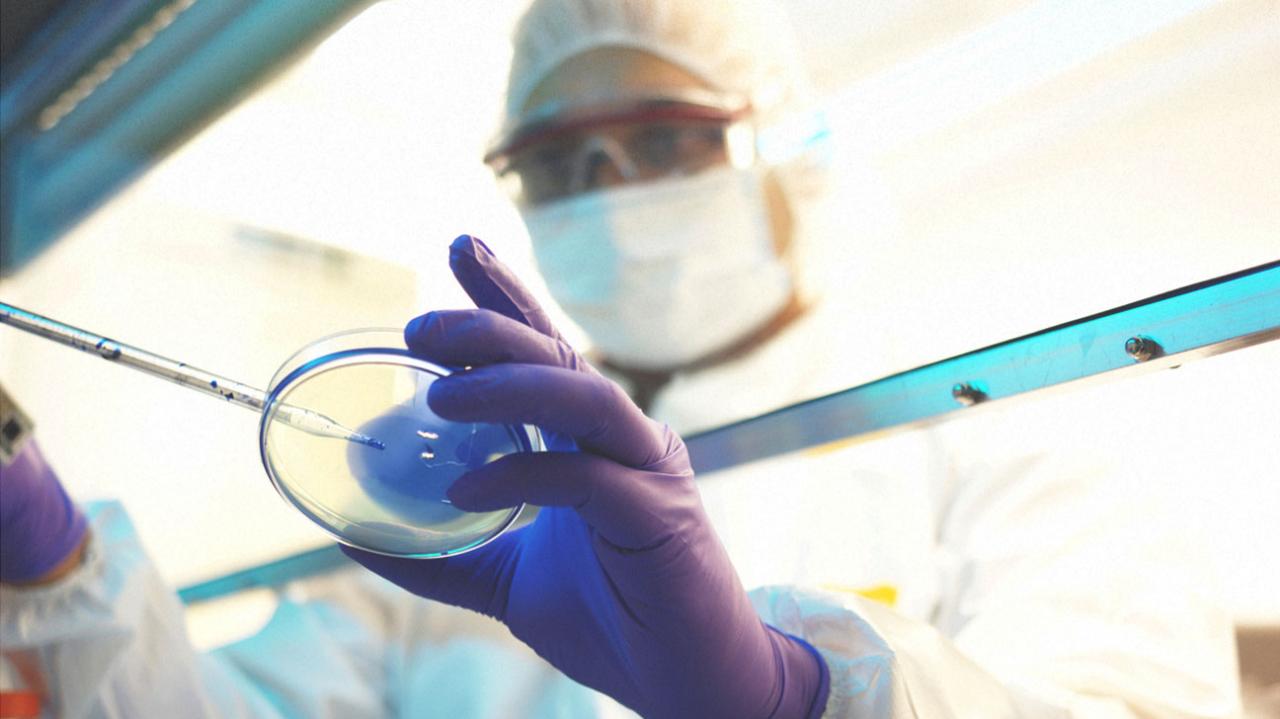 Jim Mills/PhotoSpin
Jim Mills/PhotoSpin
Pseudogout and gout are often misdiagnosed as each other. Both cause pain and inflammation inside the joint. Both are forms of arthritis.
The main difference between the two ailments is that pseudogout is caused by calcium pyrophosphate dihydrate and gout is caused by uric acid.
Now, what is calcium pyrophosphate dihydrate?
CPPD is the collection of salt crystals which form in the joints and its surrounding tissues. The joints become inflamed from the deposits and can sometimes cause the cartilage in the afflicted joint to diminish.
The inflammation leads to pain, often compelling the sufferer to make an appointment with their doctor. After performing some tests, the doctor can decide if this is due to pseudogout.
Pseudogout frequency increases with age and affects both women and men equally. The majority of the patients with pseudogout are elderly.
However, it is not uncommon for younger patients with acromegaly, hemochromatosis, ochronosis, parathyroid disease, thyroid disease or Wilson disease to develop pseudogout.
According to the Arthritis Foundation other symptoms of pseudogout include the following:
• Almost half of all attacks target the knee but can occur in any joint. Many first gout attacks occur in the big toe.
• Sudden onset of intense, constant pain appears in one joint.
• The joint may be hot, red, swollen, and stiff.
• An acute attack may be accompanied by possible fever.
• The average attack is less painful than in gout. But in some people, a pseudogout attack can be just as painful as an attack of acute gout.
• The attack lasts for several days to two weeks.
• Attacks can occur spontaneously or can be provoked by trauma, surgery, or severe illness such as stroke or heart attack.
• Periods in between attacks are usually pain-free.
• After years of pseudogout attacks, damage to the joint may progress, causing cartilage deterioration. Cartilage may break down and float in the joint space, causing additional pain.
To see if you have pseudogout, your doctor may take some X-rays and conduct a joint fluid examination to test for calcium pyrophosphate crystals.
There is no cure for pseudogout but medications and treatment can reduce the pain and inflammation.
According to the U.S. National Library of Medicine, the following are medicines and treatments are used for pseudogout:
• Colchicine may be useful in some patients.
• Nonsteroidal anti-inflammatory medications (NSAIDs) may ease painful attacks.
• Oral steroids are sometimes used when many joints are swollen.
• Steroid injections may help treat severely swollen joints.
• Treatment may involve removing fluid with a needle placed into the joint, removing (aspirating) fluid.
References:
Arthritis Disease Center l Disease Definitions l Arthritis Disease and Related Conditions. Arthritis Foundation | Symptoms Treatments | Prevention Tips | Pain Relief Advice. Retrieved September 9, 2012, from
http://www.arthritis.org/disease-center.php?disease_id=7
Arthritis Disease Center l Disease Definitions l Arthritis Disease and Related Conditions. Arthritis Foundation | Symptoms Treatments | Prevention Tips | Pain Relief Advice. Retrieved September 9, 2012, from
http://www.arthritis.org/disease-center.php?disease_id=7&df=diagnosed
Arthritis Disease Center l Disease Definitions l Arthritis Disease and Related Conditions. Arthritis Foundation | Symptoms Treatments | Prevention Tips | Pain Relief Advice. Retrieved September 9, 2012, from
http://www.arthritis.org/disease-center.php?disease_id=7&df=effects
Pseudogout - PubMed Health. National Center for Biotechnology Information. Retrieved September 9, 2012, from
http://www.ncbi.nlm.nih.gov/pubmedhealth/PMH0001458
Reviewed September 10, 2012
by Michele Blacksberg RN
Edited by Jody Smith





Add a CommentComments
There are no comments yet. Be the first one and get the conversation started!